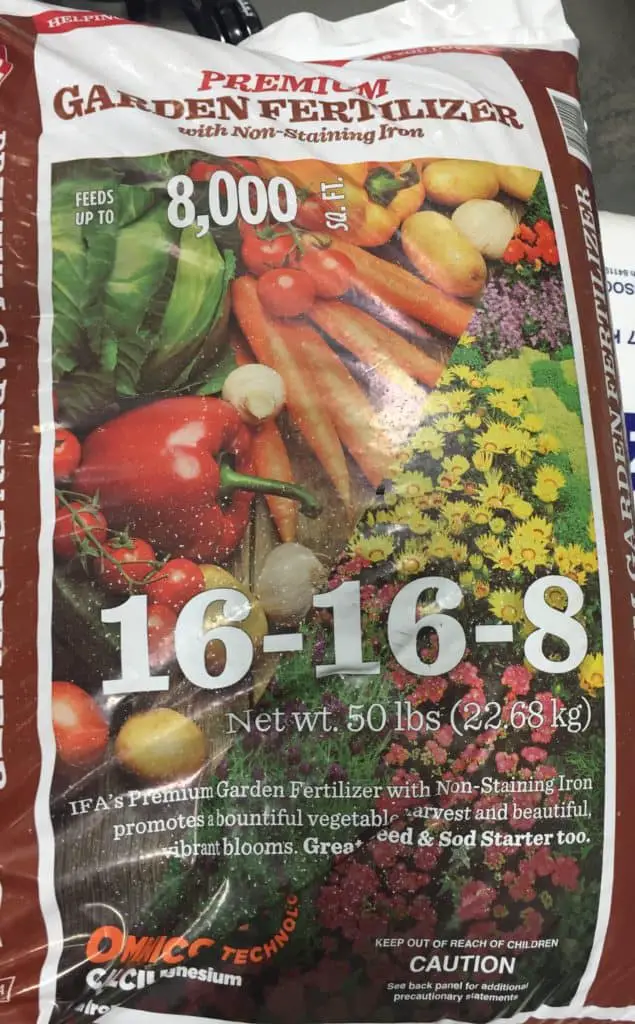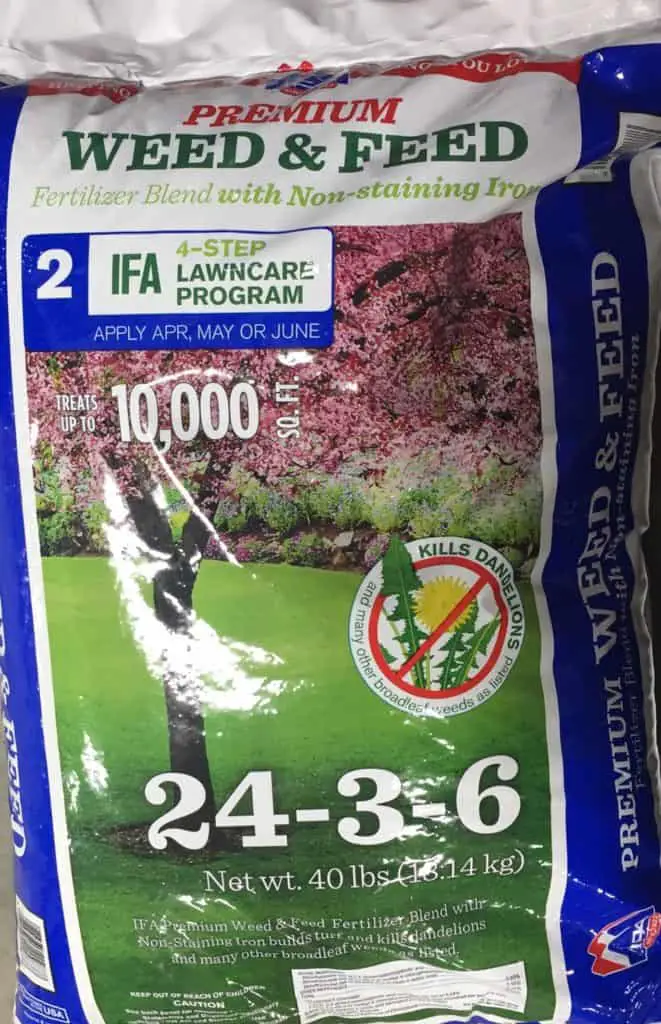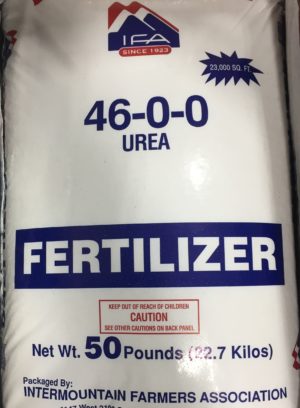How you fertilize can really help or hinder how your vegetables will grow. In this article we will discus what you will need to know about fertilizing your garden.
Fertilizer is an essential part of every garden. Fertilizer is the nutrient that the plants use to grow and produce.
It may not be the funnest part of the garden growing process, but it sure is a necessity to understand and know about. Here are some things to think about and some of the options available.
Determining what kind of fertilizer you need
First of all you need to understand what your garden plot needs. Not all soil is created equally. Some soil is full or nutrients and some soil has been depleted of nutrients and needs to be amended with fertilizer. The best way to see what your ground needs is to have the soil tested.
There are several do it yourself soil tests that you can perform. They mostly tell you the Ph, the alkalinity or acidity of your ground. They don’t really have a good breakdown of the other nutrients that are in your soil, but they can let you know if you have an acidic or alkali soil.
The better thing to do in my opinion is to have your soil tested by a lab. Many agriculture extension service offices are available all over the world. I have always had a good experience with them and their tests are really accurate. It will tell you what you have with your soil and what is deficient. With this information you can add the fertilizer and amendments that you need.
What do all the numbers mean?

If you choose to use commercial fertilizer there are a few things to understand. Commercial fertilizer has some numbers on the package letting you know what the contents are.
There are three numbers in bold on the front of the fertilizer bags. The first number is nitrogen, the second number is phosphorus, and the third number is potash.
When you get a soil test it will show you what kind of fertilizer you need. Match what you need with the number on the front of the fertilizer bag. If you need higher nitrogen then get the fertilizer marked higher in nitrogen. If you need more phosphorus, get higher phosphorus, etc.
Follow the recommendations on the bag of fertilizer. The instructions will give the amounts needed per square feet. Make sure you get the fertilizer where you are going to plant your seeds and plants.
If you are running on a budget, you can isolate the fertilizer to the specific sections you are going to plant. However, it’s much easier to broadcast the fertilizer over the entire plot and till it in.
You can also get fertilizer with only one nutrient in it depending on your needs. Often nitrogen is needed in vegetable gardens for plants where the vegetables are above ground. With root crops such as potatoes potash is needed. You can get fertilizer that contains just the ingredients you need for your garden if you desire.
Many nurseries an local garden shops will have a general vegetable garden mix that will meet most needs of the home and backyard gardener. The folks who work there often have great tips on what is needed for the local growing area.
You can often get more information chatting with a knowledgeable person for 5 minutes than you can get in an hour of reading. However, not all experts are experts, so research before you take everything you hear as the best practice.
CAUTION
Be careful to make sure that your fertilizer is not a weed and feed type for your flower or vegetable garden.
Many lawn and grass fertilizers will have what is called a weed and feed type of compound in it. The weed part is an herbicide that kills everything other than grass. This can kill most of the plants in your vegetable garden. Look carefully and make sure it doesn’t have the weed herbicide.
However if you are fertilizing your lawn, the weed and feed will fertilize your lawn well. I still stay away from the weed and feed type. I keep honey bees. They find some really great sources of nectar with the weeds found in lawns.
Other beneficial bugs use the weeds in lawns for a food source as well. So, use a weed and feed if you must, just be careful and cautious when doing so.
You will want to keep the grass clipping from a weed and feed lawn off of your vegetable and flower garden as well. The herbicide can often last into the clippings and kill off your vegetables and flowers. We have a great article about it here.

Alkalinity and Acidity of your soil, Ph.
You may also need to amend the soil to create the best Ph. For your plants. Where I live the soil tends to be a little more alkali and the acidity needs to be raised. I have increased the acidity with adding pine needles. You can use vinegar to help acidify as well. Trying to be precise with this can be challenging. It’s a little more precise to use commercial amendments to adjust the Ph of your soil.
There is usually limestone and Sulphur amendment products available at your garden center or nursery. Limestone will bring the acid down, and Sulphur will help to acidify. When it comes to the application of these amendments it’s usually done with a simple drop spreader, the kind you use to spread fertilizer on your lawn.
Organic fertilizer
Organic fertilizer has been used for centuries. Animal manure is really great to use on your vegetable garden. Composted or degraded manure is generally what is used.
The composted stuff is a lot less odiferous and doesn’t offend neighbors as much. However, the fresh manure can be used with excellent results. You definitely need to plow under or spade under the fresh manure.
Some people even will keep chickens on their garden plots to dig and fertilize as they live there. I will cover that in another post.
Not all organic fertilizer is created equal. For instance, poultry manure is very high in nitrogen. Poultry fertilizer is really good if you plan ahead. I use poultry fertilizer in the fall. The extra nitrogen breaks down vegetable matter, leaves, and straw throughout the winter. This leaves good ground in the spring ready to be used for planting.
I have a neighbor who has horses. He uses the horse manure every year and has excellent results.
When using manure you need to take caution on what is used as bedding with the manure. If straw is used for bedding, it’s is easily compostable and adds humus to the soil. Some straw could have been treated with an herbicide while growing and the might stay residually n the straw. If you can ask the producer of the straw if they used herbicide when growing it. If they did use an herbicide you may want to think twice about using it on your garden.
Sometimes wood shavings are used for bedding. Wood shavings and chips are fine most of the time. Wood shavings and sawdust from pressure treated lumber can have chemicals that are detrimental to the soil.
The amount of manure you use can vary a bit. As a general rule you want to spread the manure evenly and use 20-30 pounds for every 100 square feet. Be careful not to use too much, it can just be a bit too strong and hamper the growth of your plants.
Adding straw, leaves, and wood chips to a garden as fertilizer is good practice for sure. All these fibrous materials add humus to the soil and hen with the loam.
An important thing to consider is that all these fibrous materials will use up nitrogen to break them down. So when you add leaves, straw, wood shavings, etcetera to your garden, you need to make sure to add extra nitrogen to replace what is used by the decomposition of all the stuff you are adding.
Cover Crop and Green Manure
Another method of adding humus and nutrients to the soil is by planting a cover crop. Sometimes these cover crops are known as green manure.
It’s basically planting an area with a lot of seeds of one kind to suppress weeds and to add nutrients. Winter rye, buckwheat, and red clover are a few examples of a cover crop. This method is pretty simple and effective.
To Summarize
In summary, fertilizing is pretty simple and easy to do. A good thing to do is to get your soil tested to see what fertilizer and amendments you need to add to your garden to get into shape for growing your plants.
Soil test kits are available online, at your local nursery, garden shop, and farm/ranch store. A more effective and accurate test can be done by a lab through your local extension service. We have a. list of all the extension services in this article here.
Once you know what is needed to fertilize and amend your soil you can get commercial or organic fertilizer and take care of the needs of your garden. Amendments area also available to adjust the Ph of you soil of needed.
Once added make sure you follow the directions on the package for the amounts needed. Incorporate the fertilizer through tilling, spading, and/or plowing.

